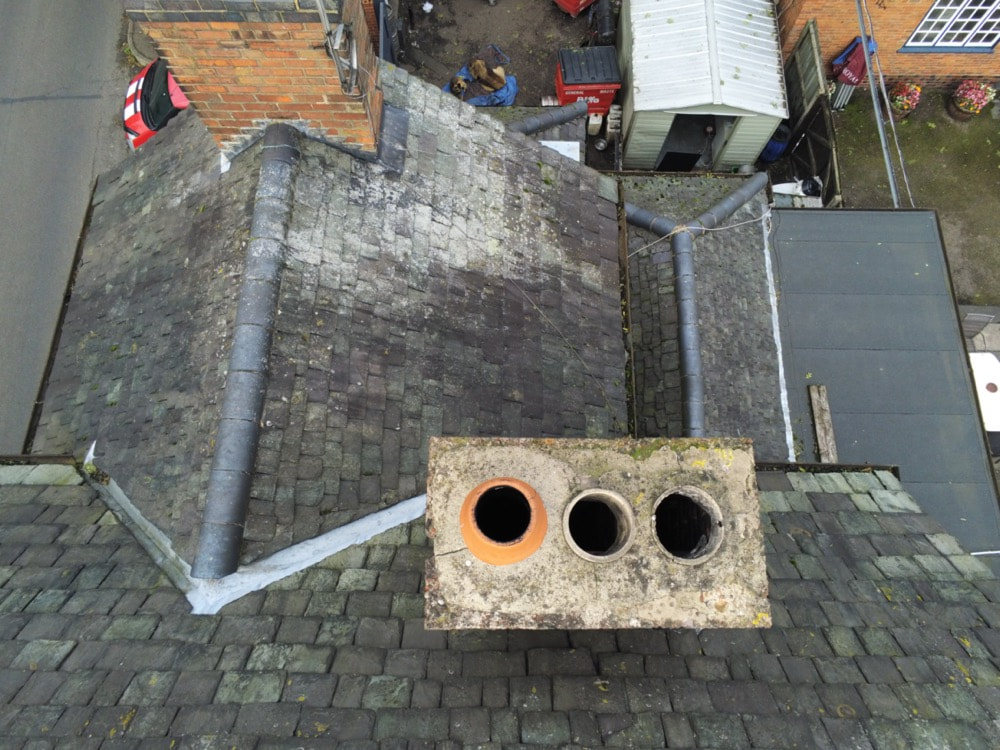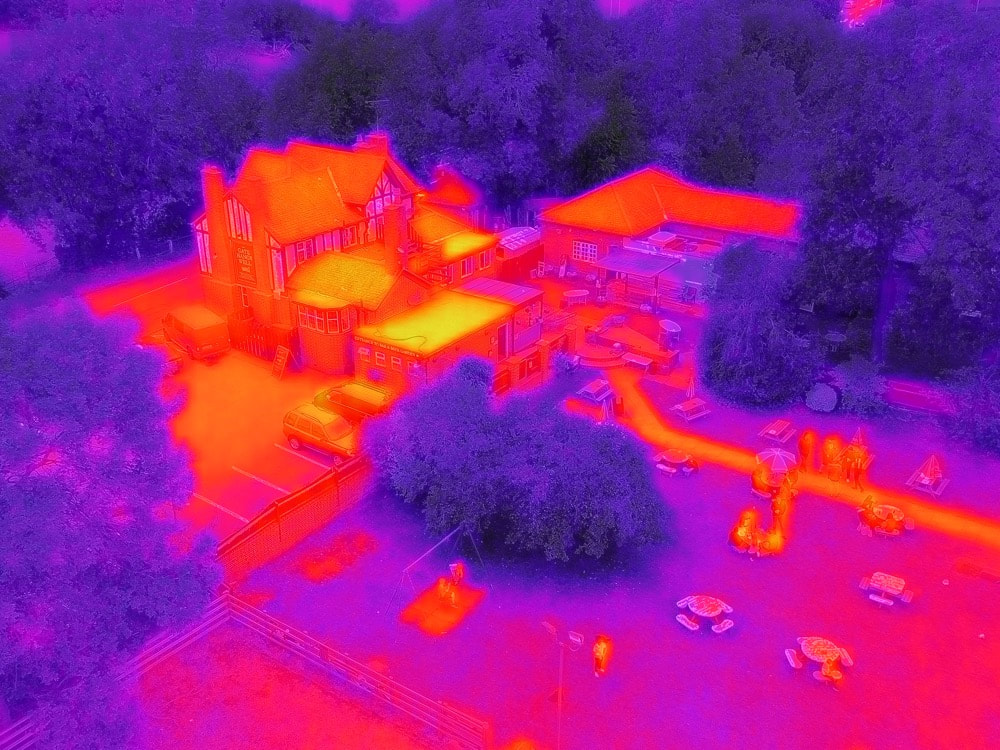Drone Surveys
The use of drones is becoming more prolific in the commercial space and has a myriad of applications, especially within the field of site development and maintenance. Here are just a few:
- Structural surveys and inspections
- Site layout design
- Photography
- Problem solving and fault finding
Welcome to the future
The advent of high resolution gimble mounted cameras (some with thermal imaging capability) on very stable multi-rotor GPS stabilised drones has become a total revolution in the way we do site surveys. It's literally the most cost-effective surveying solution if you compare it to the following traditional methods of surveying.



